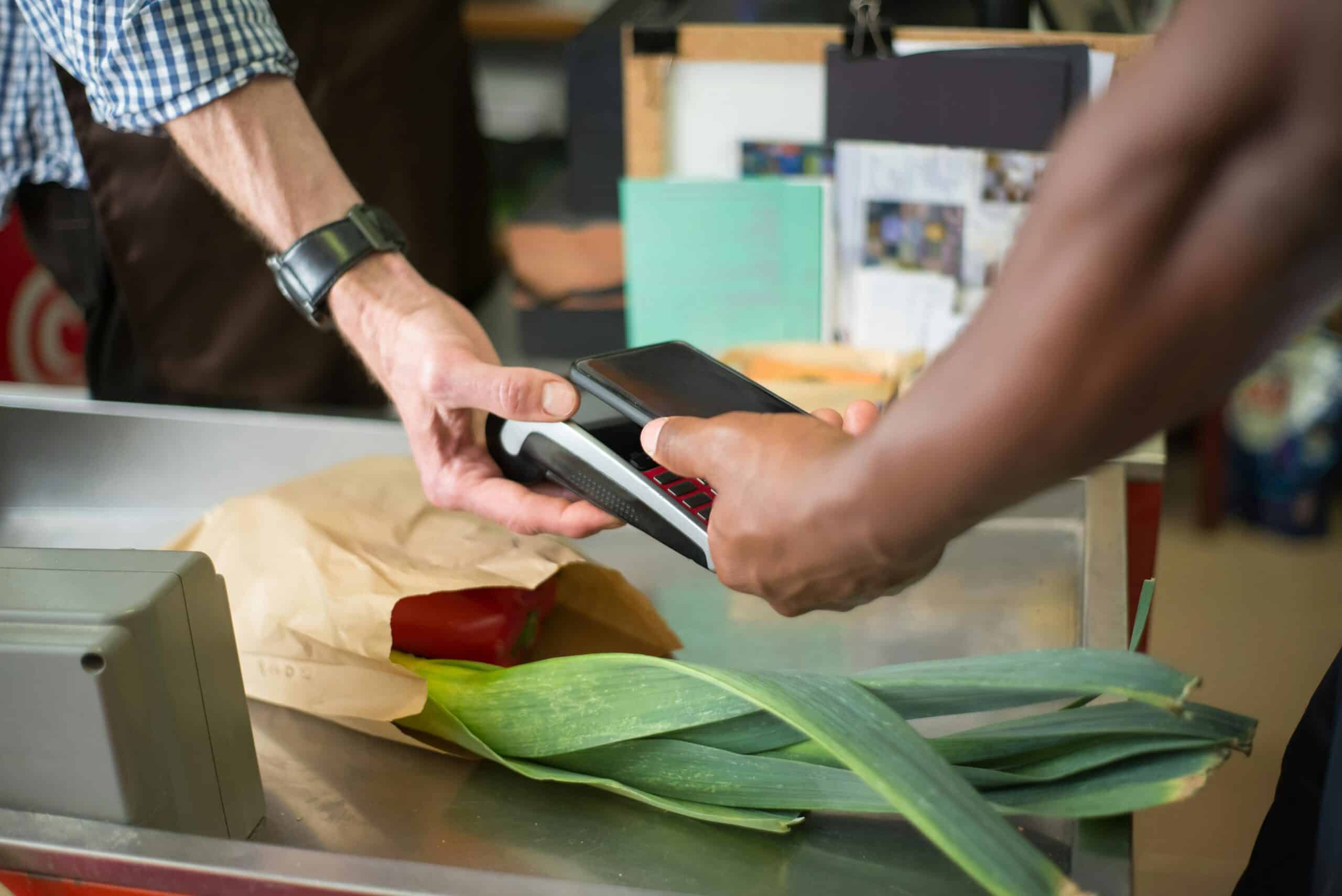Building a successful online business requires more than just a great website and strong products—it demands a payment infrastructure that is secure, reliable, and flexible enough to support growth. Whether you are launching a Shopify store, setting up WooCommerce for a WordPress site, or expanding your product line into regulated verticals like multi-level marketing companies, the way you integrate your payment gateway will impact every part of your operation. Payment issues like failed transactions, delayed settlements, or security breaches can derail customer trust and slow your momentum dramatically. When merchants wonder why isn’t my Venmo working or face issues like a Venmo transaction not going through on recipient end, it often comes down to integration flaws. For true long-term success, careful selection and integration of secure merchant services and merchant credit card processing systems are essential, not optional.
Why Integration Matters for Long-Term Success
Seamless payment integration isn’t just about making sure customers can check out; it’s about safeguarding your business from costly technical problems, regulatory risks, and revenue bottlenecks. A payment gateway serves as the bridge between your customer’s payment method and your business bank account, handling authorization, fraud checks, and data encryption behind the scenes. If that bridge is unstable, the entire payment experience collapses, leading to abandoned carts, high dispute rates, and financial instability. Merchants must prioritize choosing gateways and secure merchant services partners that specialize in working with their platform of choice, whether it’s Shopify, WooCommerce, or custom-built solutions. In industries like supplements, beauty, or multi-level marketing companies, the need for proper payment infrastructure is even greater due to heightened regulatory scrutiny. By investing upfront in solid integration, merchants create a more scalable, resilient business that can survive market changes, traffic spikes, and evolving consumer expectations.
How Payment Gateway Integration Works for Shopify
Shopify is designed for ease of use, offering built-in payment solutions like Shopify Payments alongside support for dozens of third-party gateways. However, merchants selling high-risk products or operating in restricted industries often cannot use Shopify Payments and must integrate an external provider[1]. The integration process starts by selecting a compatible gateway, setting up a merchant account, and connecting it through Shopify’s alternative payment provider system. Configuration includes installing API keys, setting accepted payment methods, and configuring fraud detection rules. Merchants must also align currency settings, tax settings, and checkout flows to ensure a smooth transaction experience. Errors like misconfigured credentials or incorrect webhook endpoints can cause payments to fail or delay order confirmations, frustrating customers. Understanding the technical documentation provided by both Shopify and the gateway provider is critical to achieving a clean integration. When properly set up, external gateways allow merchants to access secure merchant services tailored to their business model while preserving Shopify’s user-friendly checkout experience.
The Impact of Poor Payment Integration on Merchant Credit Card Processing
Poorly integrated payment systems do more than hurt customer experience; they can trigger financial consequences that threaten business stability. High rates of declined transactions or abandoned carts distort sales metrics and make it harder to forecast revenue accurately. Increased chargebacks, often a result of mismanaged payment flows or unclear billing practices, can drive up fees and push businesses into high-risk processing categories even if their core products are low risk. Repeated transaction errors can also trigger processor audits, reserve holds, or even merchant account terminations. Businesses operating within the stricter frameworks of multi-level marketing companies must be especially vigilant, as regulators closely scrutinize their payment flows. By investing in correct and secure integrations, merchants protect their reputations, minimize operational risks, and build stronger relationships with their processing partners.
Integrating a Gateway with WooCommerce: Unique Challenges and Opportunities
WooCommerce offers more customization than Shopify but also demands a higher degree of technical expertise during integration. Merchants must manually install gateway plugins or develop custom API connections depending on the chosen processor. Unlike Shopify, WooCommerce allows complete control over checkout appearance, fraud filters, payment flow, and security protocols, giving businesses more flexibility but also more responsibility[2]. Integration steps include configuring the gateway plugin settings, setting up merchant account credentials, selecting appropriate payment methods, and aligning fraud detection measures like Address Verification Systems (AVS) and CVV checks. WooCommerce merchants must also be mindful of plugin compatibility with their WordPress theme and other active plugins, as conflicts can cause checkout failures. Given WooCommerce’s openness, it is ideal for businesses in multi-level marketing companies or other complex verticals that require customized recurring billing, upsell offers, or split payments. Working with merchant credit card processing specialists who understand WooCommerce’s architecture ensures that merchants avoid costly downtime or transaction errors.

Choosing the Right Secure Merchant Services Provider
Platform-Specific Integration Support
The ideal merchant services provider offers dedicated integration guides, plugins, and technical support teams familiar with Shopify and WooCommerce architectures. Expertise ensures faster onboarding and reduces the risk of hidden setup mistakes.
Fraud Detection and Risk Management
High-quality secure merchant services must include AI-driven fraud detection, dynamic transaction scoring, and real-time monitoring to prevent fraud while minimizing false declines.
Recurring Billing and Subscription Support
Businesses offering memberships, subscription boxes, or continuity products need merchant services capable of handling recurring billing seamlessly, supporting proration, dunning management, and flexible billing cycles.
Global Payment Compatibility
As merchants grow internationally, access to global acquiring banks, multi-currency settlement, and region-specific payment methods becomes critical for maintaining checkout conversion rates.
Troubleshooting Common Payment Integration Issues
Failed integrations manifest through a range of symptoms, including abandoned carts, failed payments, duplicate charges, or missing order confirmations. Common causes on Shopify include improperly configured API credentials, missing SSL certificates, or plugin conflicts with other apps. WooCommerce merchants often encounter issues related to outdated plugins, PHP compatibility problems, or conflicts between custom checkout flows and standard gateway APIs[3]. Slow transaction approvals can also occur if fraud filters are overly restrictive or if the merchant’s processor requires additional manual reviews for high-ticket orders. Merchants must proactively monitor transaction logs, error reports, and customer service complaints to detect integration issues early. Regular testing of checkout flows after platform updates or new plugin installations is essential for ensuring uninterrupted service. If transaction failures mirror broader issues like Venmo transactions not going through on recipient end, merchants should conduct network tests and API latency checks to rule out infrastructure problems[4].
Conclusion
A great website or product means nothing if customers cannot complete a secure and reliable transaction at checkout. Whether you operate on Shopify, WooCommerce, or a hybrid platform, payment gateway integration must be treated as a critical business function, not an afterthought[5]. Merchants who prioritize secure merchant services, configure fraud protection properly, and align their gateway setups with their platforms will outperform competitors struggling with technical debt. At Payment Nerds, we specialize in helping businesses of all types—including multi-level marketing companies and regulated eCommerce sectors—design payment infrastructures that drive growth while minimizing risk. With our expertise in merchant credit card processing, merchants can focus on selling and scaling while we ensure every transaction runs smoothly behind the scenes.
Sources
- Shopify Help Center. “Setting Up Third-Party Payment Gateways.” Accessed April 2025.
- WooCommerce Documentation. “Configuring Payment Gateways and Managing Checkout Settings.” Accessed April 2025.
- Visa. “Best Practices for Secure Payment Gateway Integration.” Accessed April 2025.
- PCI Security Standards Council. “Secure Payment Architecture for eCommerce Platforms.” Accessed April 2025.
- Electronic Transactions Association. “Optimizing Merchant Services for Shopify and WooCommerce.” Accessed April 2025.











